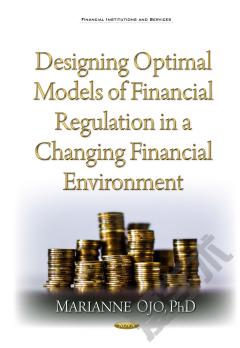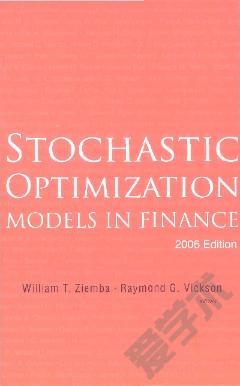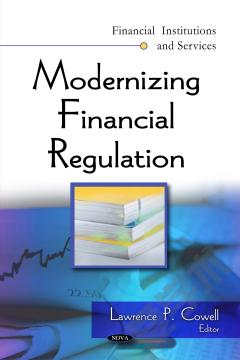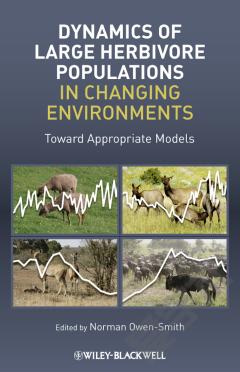Designing Optimal Models of Financial Regulation in a Changing Financial Environment
ISBN: 9781634848435 出版年:2016 页码:254 Marianne Ojo Nova Science
Consolidating on a choice selection of chapters from its predecessor volume, âDesigning Optimal Models of Financial Regulation in a Changing Financial Environmentâ â as well as conference presentations and recent global developments, this volume specifically addresses and recommends optimal models of financial regulation â not only in the post crisis financial and regulatory environment in Europe, but also with respect to the regulatory environment and corporate governance structures in China, India, Japan, the United States of America â to name a few of the selected jurisdictions. It also considers the future of financial services in the European Union â following the pre-crisis revolution and financial developments which were heralded by many Scandinavian countries in adopting a model of unified services supervision.Developments which have prompted a move by some jurisdictions from the pre-crisis unified model of financial supervision to twin peak models of financial supervision are also considered in this respect. In highlighting and accounting for why certain jurisdictions had to adopt a move from the unified model of financial supervision to twin peak models of financial supervision, this volume not only recommends optimal models for the future and evolving financial environment, but also considers the role which jurisdictions such as South Africa, Malaysia and Australia are playing in the current financial environment.The role of emerging economies is also considered in light of current global economic developments. As highlighted in the prelude to the first volume, which consolidates on the 2015 Tulane Law Symposium, âThe Promise and Perils of Convergence in Financial Regulation and Consumer Protectionâ.- Given the present volatile financial environment, investors have every right to be concerned with global developments which are contributing to turmoil in financial markets â global developments such as the slowdown in Chinaâs economy, the slump in oil prices, as well as a lack of consensus among major leading economies in respect of monetary policy decisions such as inflation targeting.








 京公网安备 11010802027623号
京公网安备 11010802027623号